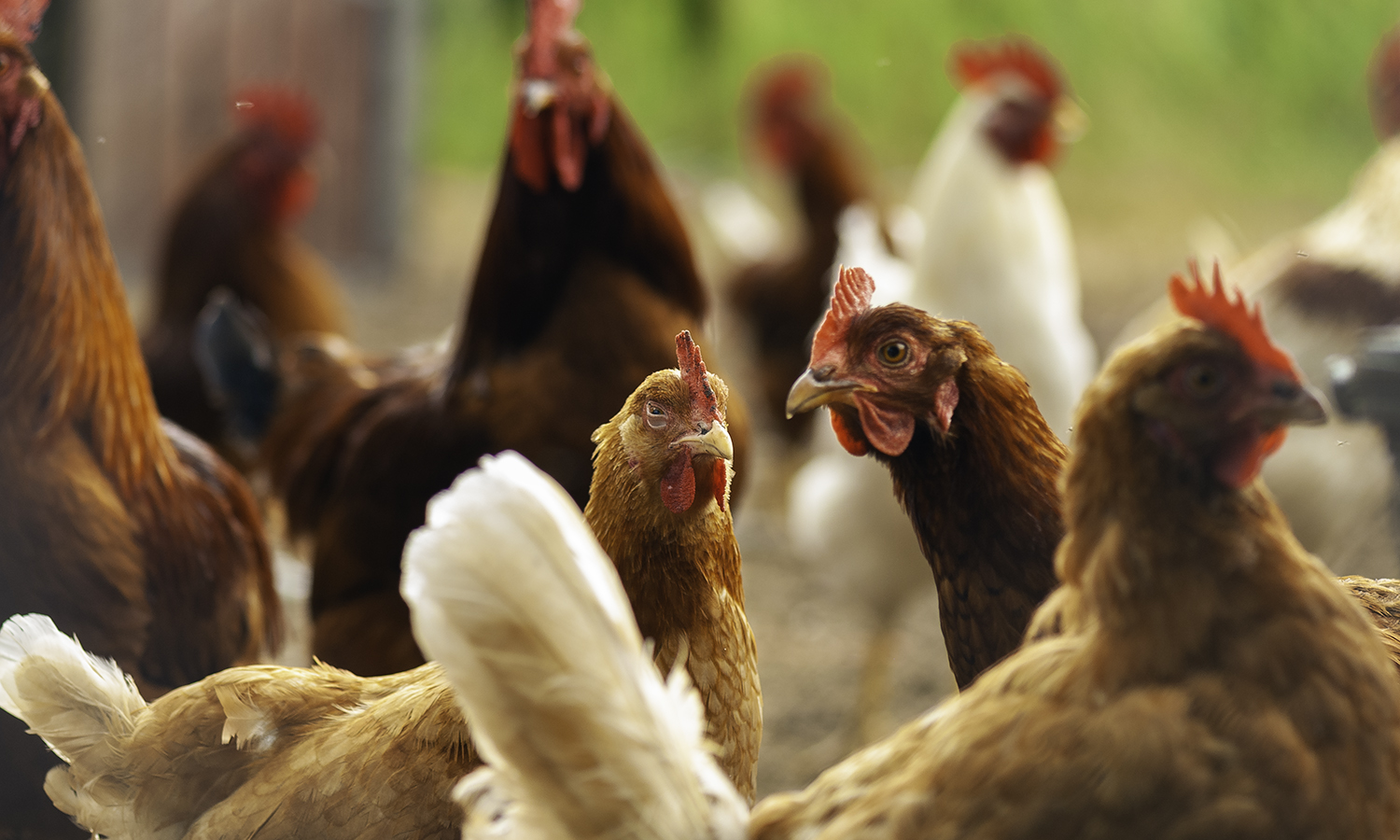A recent study published in the journal Science finds antimicrobial resistance (AMR) in food animals or livestock raised for meat, has nearly tripled in low- and middle-income countries since 2000. Led by the Center for Disease Dynamics, Economics & Policy (CDDEP), scientists examined the proportion of animals which showed rates of resistance higher than 50 percent: “a plausible cutoff at which one may no longer use the antibiotic as reliable treatment,” explains co-author and director of the CDDEP Dr. Ramanan Laxminarayan.
In 2001, the World Health Organisation (WHO) declared that AMR posed “a threat to global stability and national security,” and called for further research in the field. “Although drug resistance is an important area of global health concern, there are no surveillance systems to track resistance in animals outside a few high-income countries. So we had to dig deep,” Laxminarayan tells Food Tank.
While high-income nations have fed animals antibiotics since the 1950’s, the study notes that the growing consumption of animal protein in low- and middle-income countries has caused the use of antibiotics to increase. According to the U.N. Food and Agriculture Organization (FAO), meat production has soared since 2000, rising 68 percent in Asia, 64 percent in Africa, and 40 percent in South America.
Patterns of antimicrobial resistance mirror these trends, and the study describes “hotspots of resistance” emerging in eastern Turkey, areas surrounding Johannesburg, and on the south coast of Brazil. Critically, researchers found the highest levels of resistance in China and India—home to 54 percent of the world’s chickens and 56 percent of the world’s pigs.
“The significant increases in resistance were surprising since we had no indication that we would find this,” says Laxminarayan. The study found that the most dramatic surges in resistance were in chickens—rising from 15 to 41 percent, and in pigs—increasing from 13 to 34 percent. Most often, these animals were suffering from common bacterial infections such as salmonella and E.coli and resistant to main forms of antibiotics including tetracyclines, sulfonamides, and penicillin.
Currently, the study notes that 73 percent of the world’s antimicrobials are fed to animals. While the drugs are intended to maintain the health of livestock, the effects also guarantee productivity and growth within industrial-scale animal production—especially in concentrated animal feeding operations.
But the researchers warn that the efficacy of antimicrobials could soon be depleted in livestock, causing the spread of antibiotic-resistant disease in both animals and humans. In 2013, the UK’s Chief Medical Officer Dame Sally Davies told the BBC that the rise of AMR was a “ticking time bomb,” and “as big a risk as terrorism.”
Although further analysis is required, the entire food system could face additional economic consequences. “Surely it cannot help to have sick animals that have drug-resistant infections. My prediction is that it will drive up food prices,” explains Laxminarayan.
Proximity to cities and access to veterinary drugs were leading factors associated with the high rates of AMR. Although the WHO called for a global reduction of veterinary antibiotics, Laxminarayan explains the issue requires a more integrated response. “Implementing it [the reduction of antibiotics] is going to require that farmers everywhere learn how to raise food animals without antibiotics. There needs to be a global knowledge exchange to facilitate this,” says Laxminarayan.
The study calls for further global action, especially within the emerging hotspots of resistance. The authors recommend that high-income nations see these areas as “Windows of Opportunity” and support their transitions to safe and sustainable animal farming practices. A global fund could be created to incentivize and subsidize other low- and middle-income regions to improve farm-level antibiotic use. “All countries bear responsibility for reasonable levels of per capita meat consumption, and to phase out the use of medically important antibiotics from the food animal industry,” says Laxminarayan.
Finally, individuals can also play an essential role in tackling AMR. Another study co-authored by Laxminarayan found that if meat intake was limited to 40 grams a day per person—the equivalent of one fast-food burger—the consumption of antimicrobials in livestock could be reduced by 66 percent. “Don’t purchase meat raised on antibiotics. Reduce consumption of meat. Ask questions about where your food comes from,” Laxminarayan advises Food Tank.
Photo Courtesy of Alec Holtforster











